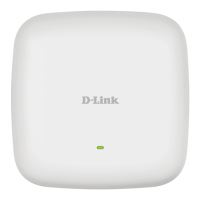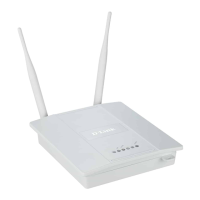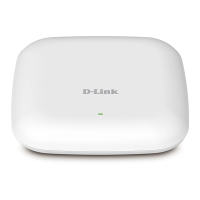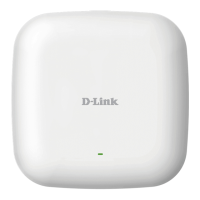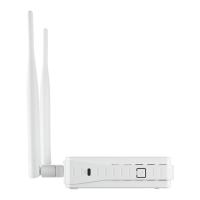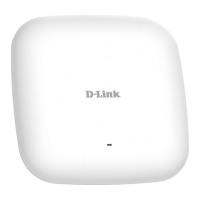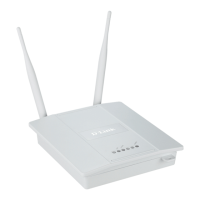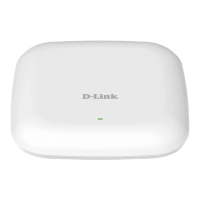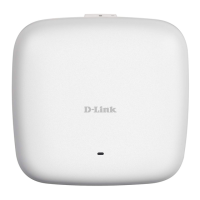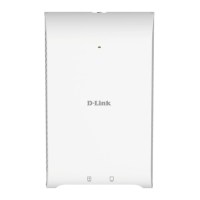115D-Link DAP-2230 User Manual
Appendix C - Technical Specications
Technical Specications
DAP-2230
Functionality
Standards
IEEE 802.11n/g/b
IEEE 802.3
IEEE 802.3u
IEEE 802.3af
Network Management
Web Browser Interface
HTTP, Secure HTTP (HTTPS)
Telnet, Secure Telnet (SSH)
SNMP v1, v2c, and v3
Trac Control
D-Link Central WiFiManager
AP Array
Security
WPA-Personal & Enterprise
WPA2-Personal & Enterprise
WEP 64/128 bit Encryption
802.1X
SSID Broadcast disable
MAC Address Control
Network Access Protection (NAP)
Internal Radius Server
Operational Modes
Access Point
Wireless Distribution System
Wireless Distribution System with AP
Wireless Client
Physical
LEDs
Power
Device Interfaces
802.11b/g/n wireless
One 10/100 LAN port (PoE support)
Antenna
Built-in 3 dBi antenna
Wireless Frequency
2.4 GHz to 2.4835 GHz
Maximum Transmit Power Ouput
1
29.84dBm (964mW)
Operating voltage
48 VDC 0.5A, or 802.3af PoE compliant
12 VDC 1 A auxillary power input
Maximum Power Consumption
16.8 watts
Operating Temperature
0 to 40 °C (32 to 104 °F)
Storage Temperature
-20 to 65 °C (-4 to 149 °F)
Operating Humidity
0 to 90% (non-condensing)
Storage Humidity
5 to 95% (non-condensing)
Dimensions (L x W x H)
129 x 129 x 29 mm (5.08 x 5.08 x 1.14 inches)
Weight
101.4 grams (3.56 ounces)
213.6 grams (7.5 ounces) with wall plate
1
Range will vary depending on country’s maximum transmit power output regulation. Maximum wireless signal rate derived from IEEE Standard 802.11g and 802.11n specications.
Actual data throughput will vary. Network conditions and environmental factors, including volume of network trac, building materials and construction, and network overhead,
lower actual data throughput rate. Environmental conditions will adversely aect wireless signal range.
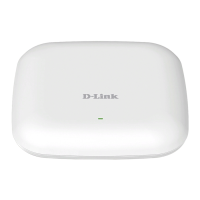
